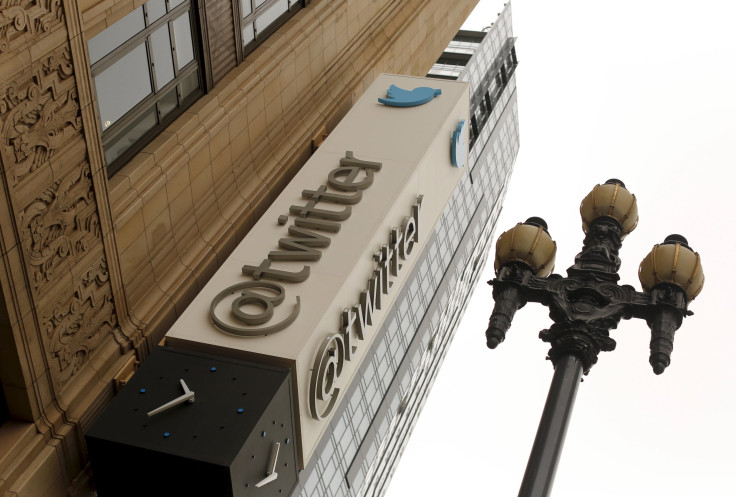Twitter 2015 Diversity Report Shows No Progress For African-Americans, Slight Gains For Women And Hispanics

For all the gains Twitter made with bringing women and Hispanics onto its team over the past year, the tech firm had just as many losses for African-Americans, according to the San Francisco company's 2015 diversity report released Friday.
With women, Twitter saw a gain of 4 percentage points since July 2014, bringing its female representation up to 34 percent. Hispanics saw a 1 percentage point gain at the company and now account for 4 percent of Twitter's U.S. workforce.
But for African-Americans, Twitter actually took a step back. The company's U.S. workforce representation of African-Americans remained at just 2 percent while African-American representation within Twitter's leadership ranks fell from 2 percent to none.
"Twitter has made virtually no progress in hiring Blacks and Latinos this past year," said Rev. Jesse Jackson in a statement. "While Blacks and Latinos over-index in using Twitter, they are virtually absent from in the boardroom, c-suites and workforce of the company. That is unacceptable."
Twitter outlined public goals it will strive for in 2016, a step most diversity experts say is necessary if tech companies' hope to make progress with inclusiveness. Twitter joins the likes of Intel, Pinterest and Yelp by doing this. Additionally, the company outlined a number of new ways it hopes to find more diverse candidates, which include recruiting at historically black colleges and Hispanic-serving institutions, as well as teaming up with organization like #YesWeCode and Management Leaders of Tomorrow.
"Today we’ve outlined what we believe progress should look like. We expect to come back to you next year and show we’ve delivered, and to be held accountable to it," Twitter said in a blog post.
When it comes to women, Twitter said its goals are to reach 35 percent overall representation, 16 percent representation in tech roles and 25 percent representation in leadership positions. For underrepresented minorities, the tech firm said it's aiming to reach 11 percent overall representation, 9 percent in tech positions and 6 percent when it comes to leadership.
"It's entirely clear to me that anytime we have business outcomes we want to achieve, setting goals is critical," said Joelle Emerson, founder and CEO of Paradigm, a strategy firm that helps tech companies become more diverse. "I'm thrilled Twitter has taken this important first step."
While Twitter's decision to set goals was praised by some diversity leaders including Jackson, others said the company set the bar far too low and did not outline any clear path toward achieving its objectives.
"Twitter's goals are disappointing. The way they have mapped it out, it will be 2031 before they achieve parity for women overall, which is the easiest goal to achieve," said Melinda Briana Epler, co-founder of the Tech Inclusion Conference. "Increasing underrepresented minorities in leadership roles from 0-6% is an admirable goal. None of the programs they outline in their blog post address how they will do this. This requires a cultural shift that requires serious work. I look forward to seeing how they will make it happen."
© Copyright IBTimes 2024. All rights reserved.




















